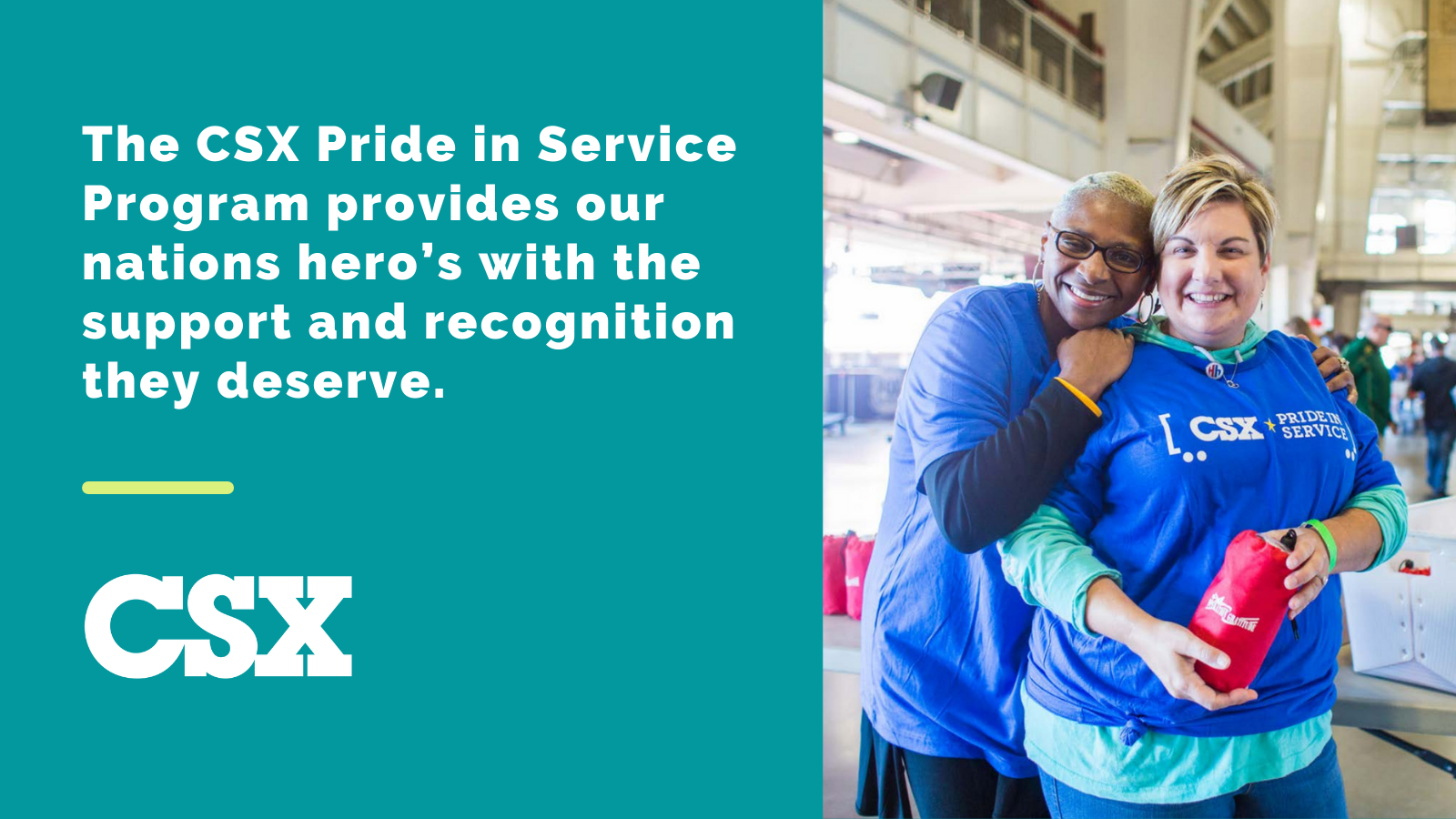Railroads are Driving America – The Signal – 10/5
Subject: Railroads are Driving America – The Signal – 10/5
Ford’s New Environmentally Friendly Sites to be Rail-served
Last week, Ford Motor Company announced plans to bring electric vehicles at scale to American customers with two new massive, environmentally friendly campuses in Tennessee and Kentucky. Both campuses will produce the next generation of electric F-Series trucks and the batteries to power future electric Ford and Lincoln vehicles.
“Railroads, for their part, are the most sustainable way to move freight over land — about three to four times more fuel efficient than trucks. That means greenhouse gases fall by 75% when freight is moved by rail rather than trucks,” wrote Michael Gaynor GoRail’s AVP of Field Operations in a recent blog post. “The freight moved by rail in Tennessee and Kentucky combined in 2019 kept 24.4 million truckloads off the roads in those states and reduced greenhouse gas emissions by over six million tons.”
New Podcast: AAR Talks to Bloomberg
AAR CEO Ian Jefferies joined Bloomberg’s Odd Lots podcast to discuss supply chain disruptions, staffing and infrastructure:
“One fact that a lot of people don’t necessarily realize is that our freight rail system is almost entirely privately owned and financed in the U.S. So what does that mean?” asked Jefferies. “That means our railroads are investing about $25 billion of their own cash back into their networks every year, which has resulted in — and this isn’t me talking, this is others, this is straight up fact — we have the freight rail system that’s the envy of the rest of the world. It’s the most efficient, safest, most advanced rail system and freight rail system in the entire world.”
Recently, Union Pacific acquired five new cranes that are integrated with Artificial Intelligence and can operate semi-autonomously in loading and unloading intermodal containers onto semitrailer trucks.
“We are always looking for new and innovative ways to improve services,” said Jeff Chapman, UP’s General Director of Capacity & Technology, Network Planning & Operations. “These electric cranes will help us meet our goals of building a more sustainable future in the transportation industry, while giving our customers’ faster and more efficient service.” The cranes produce zero emissions and will eliminate many of the trucks that are normally used to park containers at intermodal terminals.
Expert Input: Small Businesses and Consumers Could Pay the Price for Biden’s Executive Order
The Small Business & Entrepreneurship Council recently published a white paper by their chief economist Raymond J. Keating analyzing how President Biden’s executive order on competition will undermine American railroads, small businesses and consumers.
“The Biden EO’s call for forced switching would undermine the efficiency of the rail system, and raise costs for customers and consumers overall,” wrote Keating. “This regulatory measure would allow large companies, who simply do not wish to pay market rates for shipping, and competitors to lobby so that government would mandate that railroads hand over traffic to competitors. The results should be obvious, including reduced network efficiencies, slower rail traffic, and increased costs for customers.”
Railroads have been a vital partner in U.S. military operations for nearly 200 years. Many railroads proudly hire the men and women who have bravely served our nation and give back to veteran communities. For example, CSX’s Pride in Service connects heroes and their families with resources and support:
“We stand for connecting heroes and their families to their communities and the resources and support they need,” said CSX. “We stand for connecting our employees and community members with the heroes they want to thank and honor for their service. From connecting with families to bridge the civilian-military divide, to raising funds and participating in events, to writing letters of gratitude and packing care pouches, CSX employees have contributed nearly 5,000 hours to the cause… and counting.”
Top Industry Reads
Trains
Progress Rail, Norfolk Southern Unveil First GP34ECO
Progressive Railroading
Gonzales Appointed TTCI President, CEO
CNBC
Executive Director of the Port of Los Angeles on the Backlog at U.S. Ports
Mineta Transportation Institute
Freight Rail: Keeping America Moving
Wall Street Journal
Joe Biden Wants to Undo a Rail Success (Opinion)






